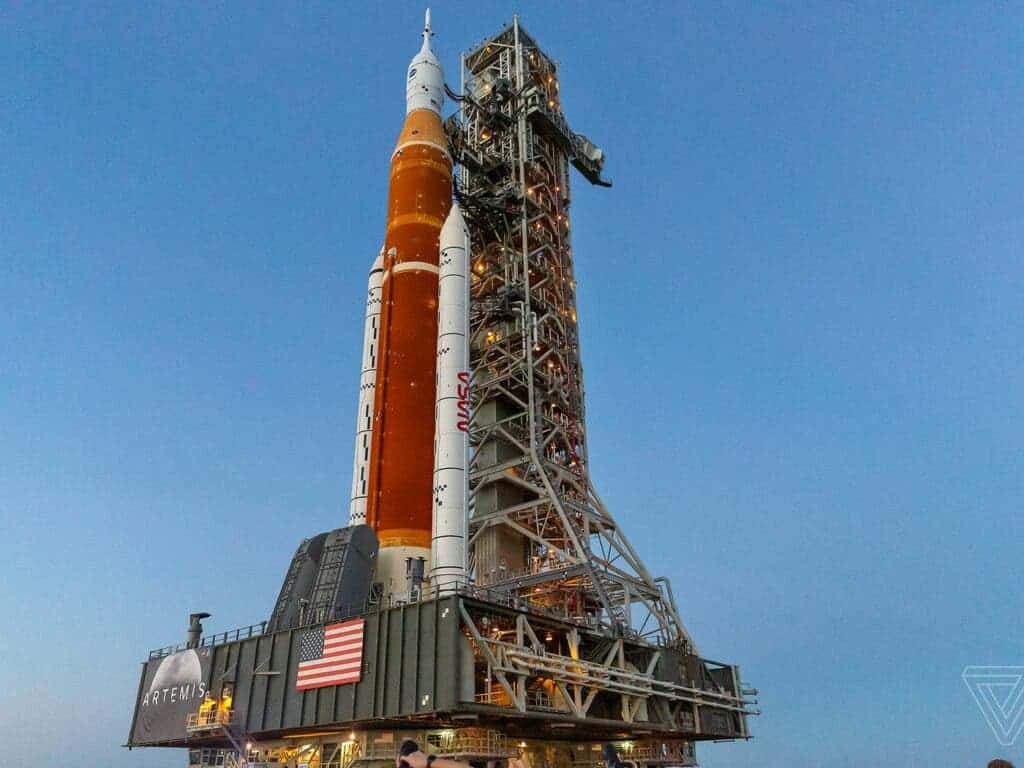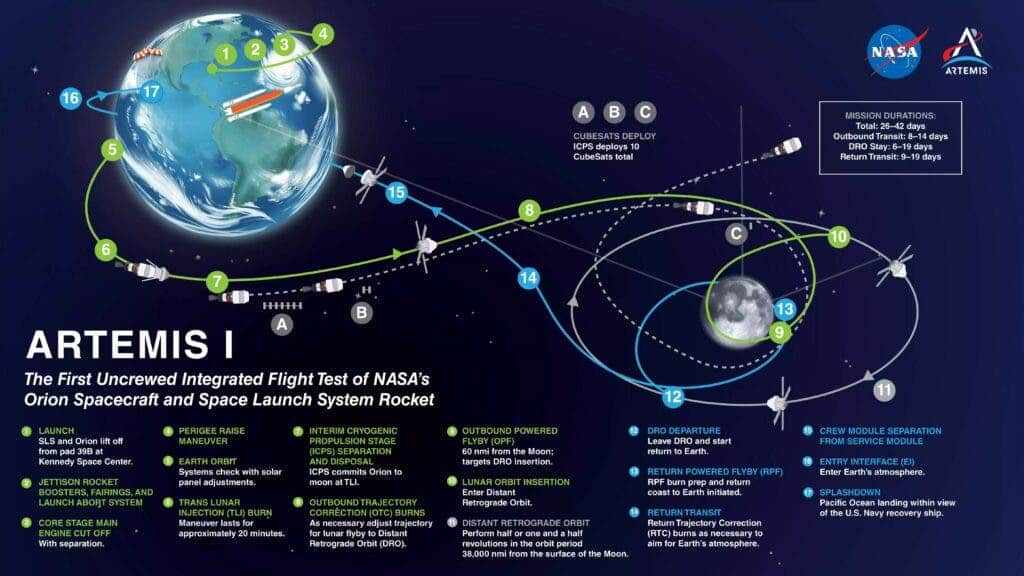NASA is preparing its massive new Moon rocket for its maiden flight. There will be no crew yet but hoping to send astronauts back to the lunar surface in future missions. The vehicle, known as the Space Launch System, or SLS, is currently being taken to the Kennedy Space Center in Florida for a lift-off scheduled for 29 August.

It’s a key moment for NASA, which in December, will celebrate the 50-year anniversary of Apollo 17, the last human landing on the Moon. The agency has vowed to return with its Artemis program, using modern technology. NASA sees the return to the Moon as a way to prepare to go to Mars with astronauts sometime in the 2030s.
“This is now the Artemis generation,” Bill Nelson, NASA’s administrator, said at a press briefing. “We were in the Apollo generation, but this is a new generation, this is a new type of astronaut. And to all of us that gaze up at the moon, dreaming of the day humankind returns to the lunar surface, folks, we’re here. We are going back.”
Once launched, the goal of the mission will be to verify the SLS’s performance, test its Orion crew capsule in space and confirm its heat shield will protect the ship during a plunge back into Earth’s atmosphere. If all goes well, NASA plans to launch four astronauts on the SLS rocket’s second flight in 2024, followed by a third mission.
A massive rocket
The SLS is considered the modern equivalent of the Saturn V, the launcher built in the Apollo era — but it’s a bit more modern. It splits into segments, just like the Saturn, stacked on top of each other. The first version of the rocket is called Block 1. It’s expected to go through a series of upgrades in the coming years so that it can launch even heavier cargos beyond Earth’s orbit.
In comparison, the SLS will be 15% more powerful than Apollo’s Saturn V rockets, allowing it to send astronauts far beyond Earth and to ship equipment and cargo for crews staying away for long periods. The Orion crew capsule has also been upgraded. It’s much more spacious, a full meter wider than the historic command modules of the 1960s and 70s.

Once the SLS arrives at the launch pad, engineers will only have a week and a half to get the rocket ready for take-off. There are three possible launch opportunities, starting with August 29. If weather or technical issues prevent the rocket from taking off at this date, attempts can also be made on 2nd September and 5th September.
While NASA developed the SLS, the US billionaire Elon Musk is preparing an even larger rocket in his research and development facility in Texas. It’s called the Starship and will be important for future Artemis missions, but it’s also due to make its maiden flight. It’s designed to be totally reusable and therefore is considered cheaper to run.
A recent assessment by the Office of Inspector General, which audits NASA programs, found that the first four SLS missions would each cost over $4 billion to carry out – an amount described as unsustainable. The agency replied by saying broad changes to the way it contracts the industry would bring down production costs significantly in the future.


